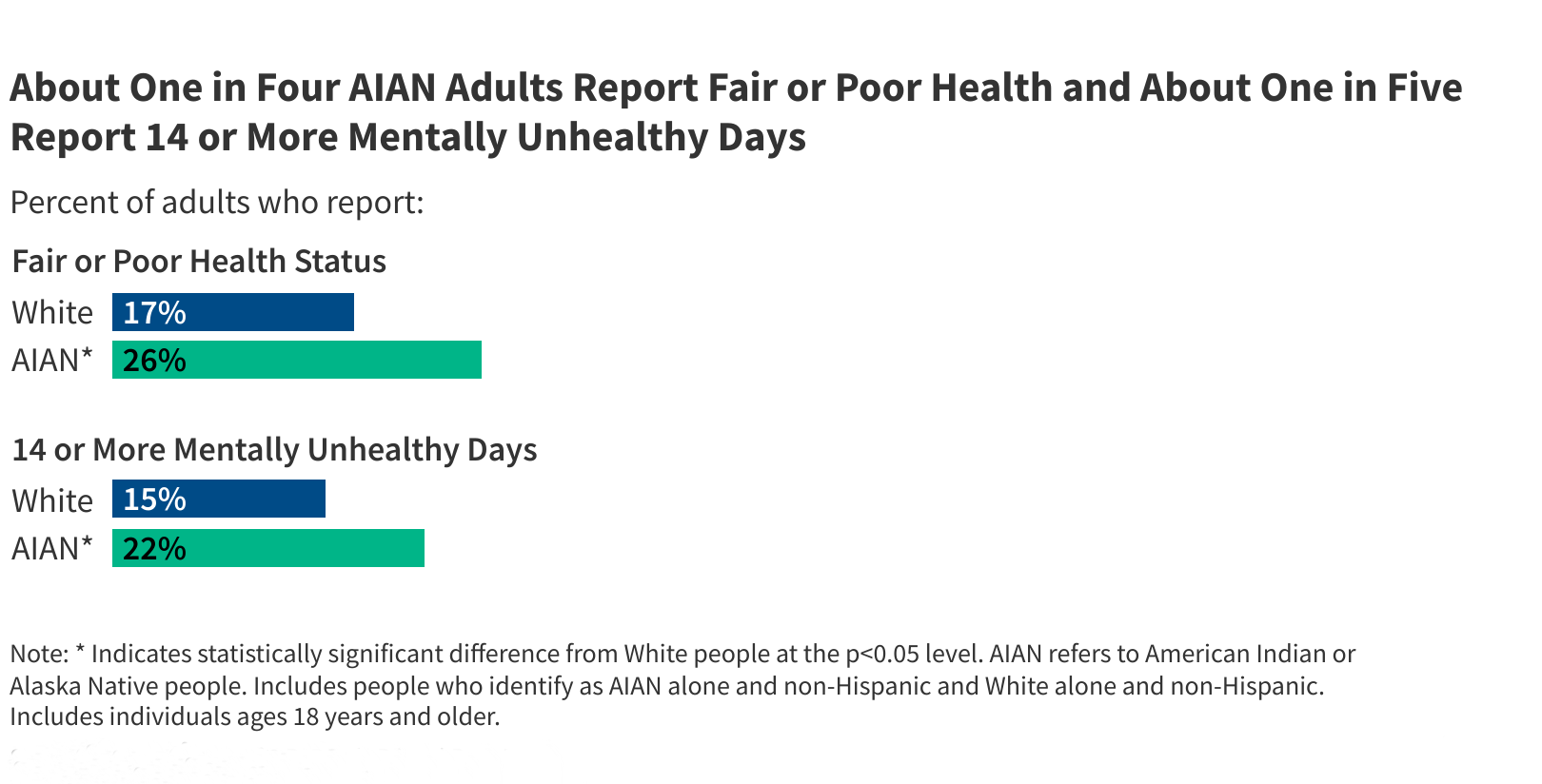Despite the momentum of remote monitoring uptake, UnitedHealthcare has quietly pushed out a massive change to its coverage policies that could impact thousands of Medicare beneficiaries.
Health Secretary Robert F. Kennedy Jr.’s Make America Healthy Again campaign has focused on the treatment and prevention of chronic diseases. The first major physician pay rule to come out of RFK Jr.’s Department of Health and Human Services expanded remote monitoring and incentivized upstream advanced primary care, which often includes remote monitoring of chronic conditions.
UnitedHealthcare’s new policy says remote patient monitoring (RPM) is only medically necessary in two instances: to treat chronic heart failure and hypertension during pregnancy. It explicitly says the use of RPM for Type 2 diabetes and hypertension – two of the most popular uses of RPM – will no longer be covered.
To back its new policy, the insurer pointed to slipshod evidence and misstated medical guidelines, legal experts say. One remote monitoring company, who spoke on the condition of anonymity, said: “It’s not just cherry-picked. It’s medical malpractice.”
Moreover, axing services for remote monitoring could set a dangerous precedent for Medicare beneficiaries by testing a legal theory that could allow the healthcare giant to get away with clawing back more services, legal experts said.
Two lawyers called the move an “aggressive interpretation” of the private insurer’s responsibility as an administrator of Medicare Advantage plans.
“This is a far more restrictive policy than the type of limitations we’ve seen in the past,” Emily Cook, a lawyer at McDermott, Will and Emery that helped write MA regulations, said.
According to a report by U.S. News, UHC has over 600 Medicare Advantage and Medicare Advantage prescription drug plans across the nation. UHC said in 2024 its plans are available to 96% of eligible seniors.
Remote patient monitoring devices send a patient’s physiologic data—like weight, blood pressure or blood glucose levels—to their healthcare providers in an effort to help manage chronic conditions. Healthcare providers must review the data each month and can make adjustments to the patient’s care such as titrating medications.
Medicare has covered RPM services since 2019, and many providers have jumped on board to provide the technology-enabled care, which has been found to reduce costly downstream health events in multiple randomized controlled trials.
Since 2019, CMS has continued to expand coverage of remote monitoring. “CMS has had opportunities … to be more narrow of this or that, and they consistently supported the broader view of the coverage for it,” TJ Ferrante, partner at law firm Foley & Lardner, said.
UnitedHealthcare’s RPM policy change
The UnitedHealthcare document (link to PDF) that lays out the new coverage policy for commercial, Medicaid and Medicare Advantage plans states that “remote physiologic monitoring is unproven and not medically necessary due to insufficient evidence of efficacy” for a broad swath of conditions, including diabetes mellitus, gestational diabetes, hypertension outside of pregnancy, chronic obstructive pulmonary disease and mental health conditions.
UHC claims the only “proven” cases of RPM are for chronic heart failure (CHF) and hypertensive disorders of pregnancy. UHC published the new medical policy in September.
“Starting Jan. 1, 2026, we will cover remote physiologic monitoring only for members diagnosed with heart failure or hypertensive disorders during pregnancy, based on the latest clinical evidence,” a UnitedHealthcare spokesperson told Fierce Healthcare in an email. “We’ll continue to cover home monitoring devices according to members’ benefit plans and encourage providers to work with their patients to manage their health with proven, effective care.”
UHC lays out pages-worth of studies to support the continued coverage of RPM for chronic heart failure and hypertensive disorders of pregnancy. It also presents what it deems inconclusive evidence for other conditions treated with RPM. Advocates said the studies had small cohorts and were published in subpar journals.
To shore up the coverage decision for hypertension, UHC points to a recommendation by the American College of Cardiology (ACC). The document says, “The American College of Cardiology and American Heart Association 2025 Joint Guideline for the Prevention, Detection, Evaluation, and Management of High Blood Pressure in Adults states that there is insufficient evidence to recommend the use of technology-based remote monitoring in managing hypertension (Jones et al., 2025).”
Contrary to the assertion of UHC, the Joint Guideline recommends home blood pressure monitoring for the diagnosis and treatment of hypertension. “Home blood pressure monitoring combined with frequent interactions with multidisciplinary team members using standardized measurement and treatment protocols and home measurement protocols is an important integrated tool to improve rates of blood pressure control,” the guideline says.
A letter by the Remote Monitoring Leadership Council to CMS Director Mehmet Oz, M.D, in April further lays out evidence behind the approach to care.
“One of our members recently completed a cost and utilization analysis, which included 5,872 patients enrolled in an RPM program compared against 11,449 patients in propensity-score matched control group, demonstrating annual total savings of $1,308 per patient across three chronic disease programs (heart failure, hypertension, and type 2 diabetes). Cost savings were primarily driven by a 27% reduction in hospital admissions – specifically, reductions in hospitalizations for heart failure and stroke.
The group also noted: “A[n] RPM program at Geisinger health system demonstrated hypertension control and reduced hospitalizations through RPM, as well as greater access to pharmacists and blood pressure medication management leading to $216 per member per month savings.”
The legal test
Cutting RPM for Medicare Advantage members is legally questionable, according to three lawyers who spoke with Fierce Healthcare. By law, Medicare Advantage plans are required to cover the same services as Medicare fee-for-service, or traditional Medicare.
“The statute very, very clearly says that Medicare Advantage plans are required to cover all of the benefits that are available through traditional Medicare,” Cook said.
In the policy document, UnitedHealthcare contends that MA plans are allowed to make different coverage determinations for services that do not have a national coverage determination (NCD) or local coverage determination (LCD).
“I think that particular response is not an appropriate characterization of the statute,” Cook said. “When there is an NCD or an LCD, it is clear that the Medicare Advantage plans are required to follow the NCD or the LCD, but that doesn’t mean when there’s not an NCD or LCD, it’s a free for all.”
MA plans have some discretion at the individual member level to determine if a service rendered was medically necessary for the patient.
“There are provisions that allow for a narrow scope of services where there is the ability to make those medical necessity determinations,” she said. “That is not what is happening with this UnitedHealthcare plan. This UnitedHealthcare plan is ruling out the ability to cover certain diagnoses for RPM without doing any individualized patient analysis.”
Potential impacts of the new policy
Medicare beneficiaries stand to lose remote monitoring benefits if the policy goes into effect on Jan. 1. UnitedHealthcare will also save money by reducing access to RPM services or by hemorrhaging members.
“These patients are getting remote monitoring because the doctors deem it appropriate,” Ferrante said. “That’s why the doctors are ordering it. So, yeah, it would be very harmful to, I think, tens of thousands of patients, probably.”
The policy could also affect the viability of remote monitoring companies, depending on how many of their patients have UnitedHealthcare plans. Remote monitoring companies often sell into health systems, which bill CMS or commercial payers.
But, it could also be setting a concerning legal precedent to claw back other services. “That’s the interesting thing is, if a payer does this, then is it a precedent for a whole host of services where an MA plan can say, ‘Oh, we’re not going to pay for that either,’” Ferrante said.
Cook said the legal theory UHC is advancing suggests they may try the approach with other lines of service.
“I think the fact that they have indicated that if there’s not an LCD or NCD, they can do what they want, and strongly suggest that they may be contemplating that,” Cook said.
CMS’ main course of action would likely be to bring an enforcement action on UnitedHealth Group and assign fines through civil monetary penalties.
Remote monitoring policy leaders in Washington have pushed back on UHC, to no avail. They have also alerted CMS to the issue, but the agency has failed to acknowledge the issue. CMS did not respond to a request for comment by the time of publication.
“I think to some extent [CMS’] view is relevant, but not necessarily determinative of what the statute says. This statute is very clear. The regulation is very clear. I think even if CMS were to attempt to take a different position, we would still believe that these services are required to be covered. They’re covered by traditional Medicare, and they need to be covered by United.”
Publisher: Source link










